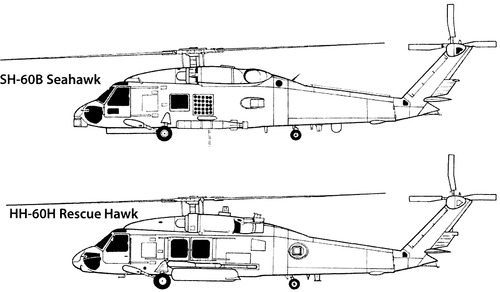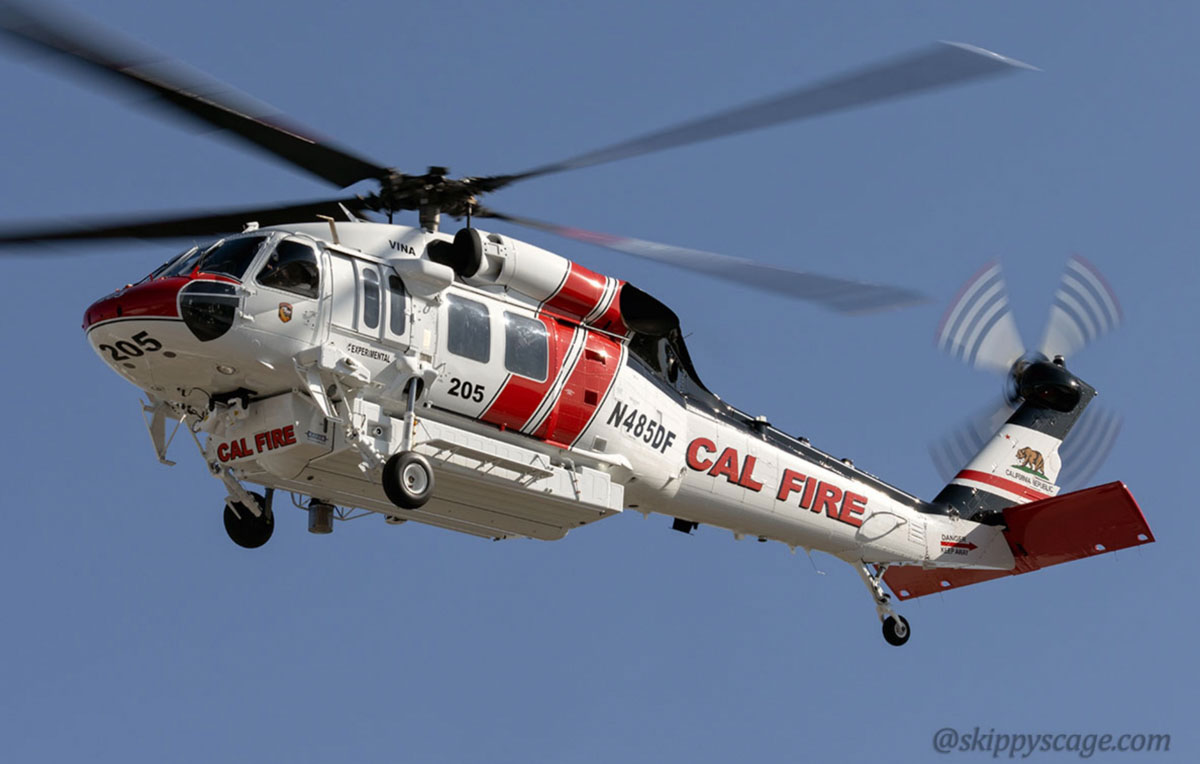A Consider the Sikorsky S 70's Duty in Armed forces and Civil Aviation
A Consider the Sikorsky S 70's Duty in Armed forces and Civil Aviation
Blog Article
Modernized Vertical Lift Platform With Advanced Composite Structures and Improved Precaution
In the realm of vertical lift systems, a considerable shift in the direction of modernization has been observed, driven by the assimilation of sophisticated composite structures and enhanced safety and security steps. In exploring the merging of innovation and safety and security in contemporary lift platforms, an engaging narrative arises, showcasing the capacity for transformative advancements that provide to the ever-evolving needs of commercial markets.
Evolution of Upright Lift Platforms

The evolution of vertical lift platforms can be traced back to standard pulley-block systems and early elevator styles. With time, innovations such as hydraulic systems, electric motors, and advanced control mechanisms have greatly enhanced the effectiveness and safety and security of these systems. Manufacturers have also focused on enhancing the stability, reach, and load-bearing capacities of vertical lift platforms to meet the diverse needs of various sectors.
Moreover, the integration of smart technologies like sensors, IoT connection, and automation attributes has actually additionally changed the abilities of modern vertical lift systems. These technical enhancements not only improve functional performance however likewise guarantee heightened safety criteria for employees utilizing these platforms at numerous elevations. The continuous evolution of upright lift platforms underscores their essential role in boosting vertical mobility throughout markets.
Integration of Advanced Compound Frameworks

In addition, the use of advanced composite materials enables for even more facility and maximized architectural designs, enabling engineers to tailor the platform's residential properties to fulfill details performance requirements. This customization can result in improved aerodynamics, decreased vibrations, and improved general security during operation. The integration of advanced composite structures also contributes to a reduction in upkeep prices and downtime, as these products show superb resistance to ecological variables and have a longer solution life Check This Out contrasted to traditional materials. In general, the incorporation of advanced composite frameworks in modern-day upright lift systems stands for a substantial innovation in aerospace modern technology, bring about a lot more effective, reputable, and much safer aerial transport systems.
Improved Safety And Security Actions Application
Applying boosted safety steps is imperative in making sure the ideal efficiency and integrity of modern-day upright lift systems. One key aspect of enhanced safety steps is the combination of sophisticated sensor innovations to keep an eye on different specifications in real-time.

Sector Applications and Benefits
With innovations in technology and design, modernized upright lift platforms have actually found diverse applications across numerous industries, using considerable benefits in efficiency and efficiency. In the manufacturing sector, these systems streamline the process of transferring hefty materials and tools within facilities, minimizing hand-operated handling and enhancing functional performance. The construction market take advantage of vertical lift platforms by allowing workers to gain access to raised locations safely and efficiently, improving general task timelines. Warehousing and logistics firms utilize these platforms to enhance storage room application and facilitate quicker picking and packing processes.
In addition, vertical lift platforms play a vital duty in the upkeep and repair of infrastructure such as bridges, power lines, and structures, permitting professionals to get to hard to reach locations with convenience (sikorsky s 70). The aeronautics sector likewise leverages these platforms for aircraft maintenance and setting up jobs, improving process effectiveness and making certain employee security at heights. Generally, the widespread adoption of modernized upright lift systems throughout sectors highlights their versatility and the considerable improvements they offer different operations
Future Trends in Lift System Innovation
Incorporating advanced automation and smart attributes, lift system modern technology is positioned to change upright transport systems in the near future. One essential pattern is the integration of Internet of Points (IoT) modern technology, making it possible for lift systems to interact real-time data for predictive upkeep, enhancing performance, and improving safety. As lift system modern technology proceeds to develop, these trends are established to form the future of vertical transportation, making it more reliable, risk-free, and easy to use.
Conclusion
In verdict, the up-to-date vertical lift system showcases the evolution of modern technology in the market. By incorporating sophisticated composite frameworks and improved precaution, this platform uses enhanced performance and safety for numerous applications. The industry can profit significantly from these innovations, and future patterns in lift system technology are most likely to proceed improving upon these technologies for even higher success and performance.
In the realm of upright lift platforms, a considerable change towards modernization has actually been observed, driven by the integration of sophisticated composite frameworks important link and heightened security actions. The continuous development of upright lift systems underscores their vital duty in enhancing vertical wheelchair across markets.

The unification of innovative composite structures in contemporary vertical lift systems has actually significantly enhanced their structural stability and efficiency abilities. By incorporating these advanced composites into the layout and building of vertical lift systems, suppliers can lower general weight, rise load-carrying capacity, and enhance the platform's toughness and long life.
Implementing enhanced safety steps is necessary in making certain the optimum efficiency and integrity of modern-day upright lift systems.
Report this page